All gifts matched today through December 2 for Giving Tuesday! Click here to double your impact!
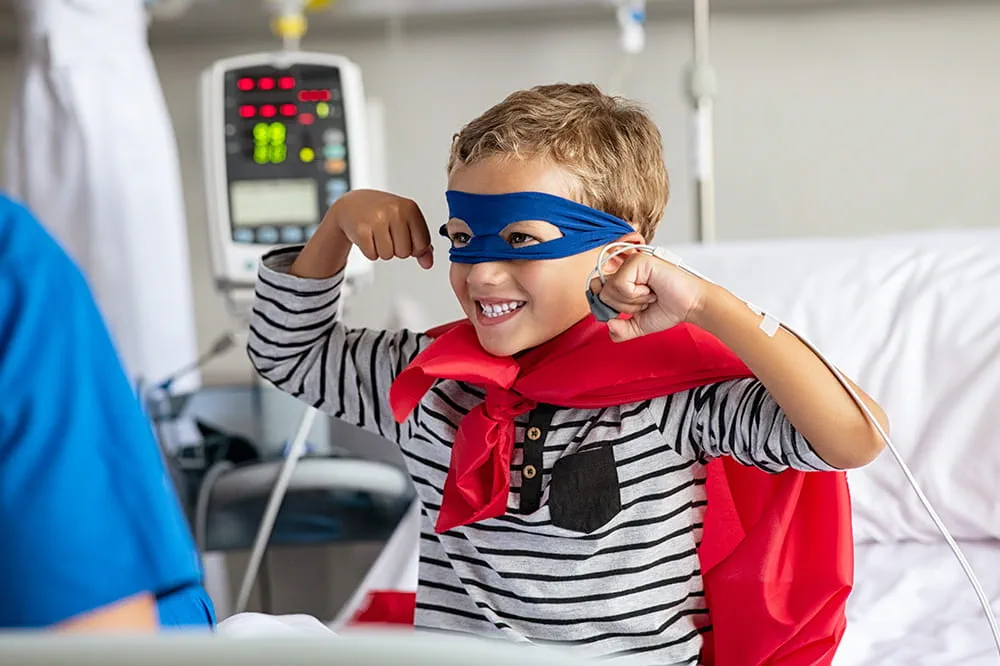
Ranked nationally in pediatric care.
Arkansas Children's provides right-sized care for your child. U.S. News & World Report has ranked Arkansas Children's in seven specialties for 2025-2026.
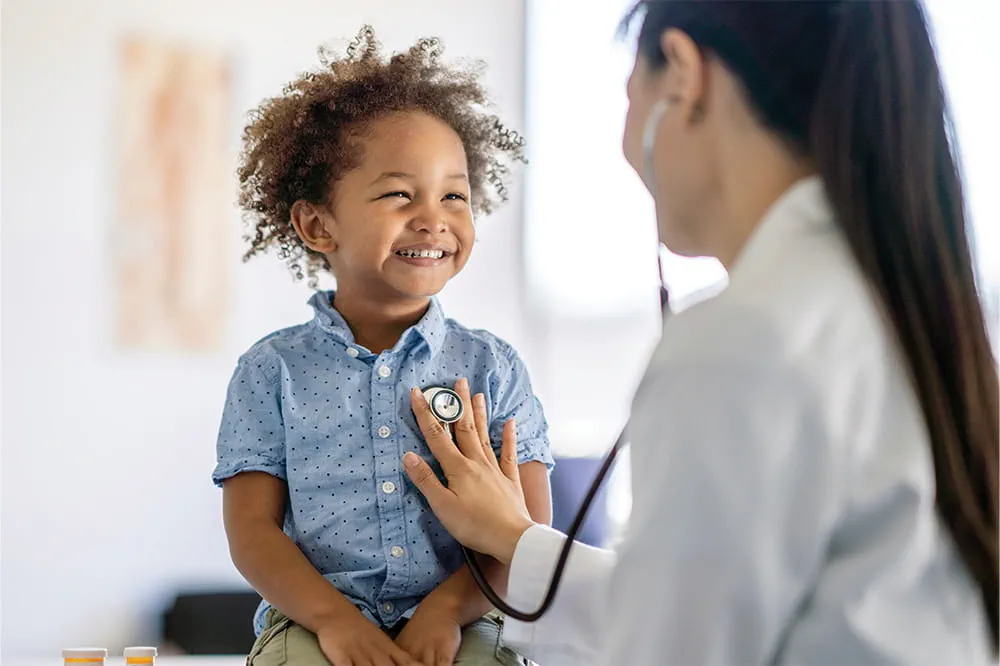
It's easier than ever to sign up for MyChart.
Sign up online to quickly and easily manage your child's medical information and connect with us whenever you need.
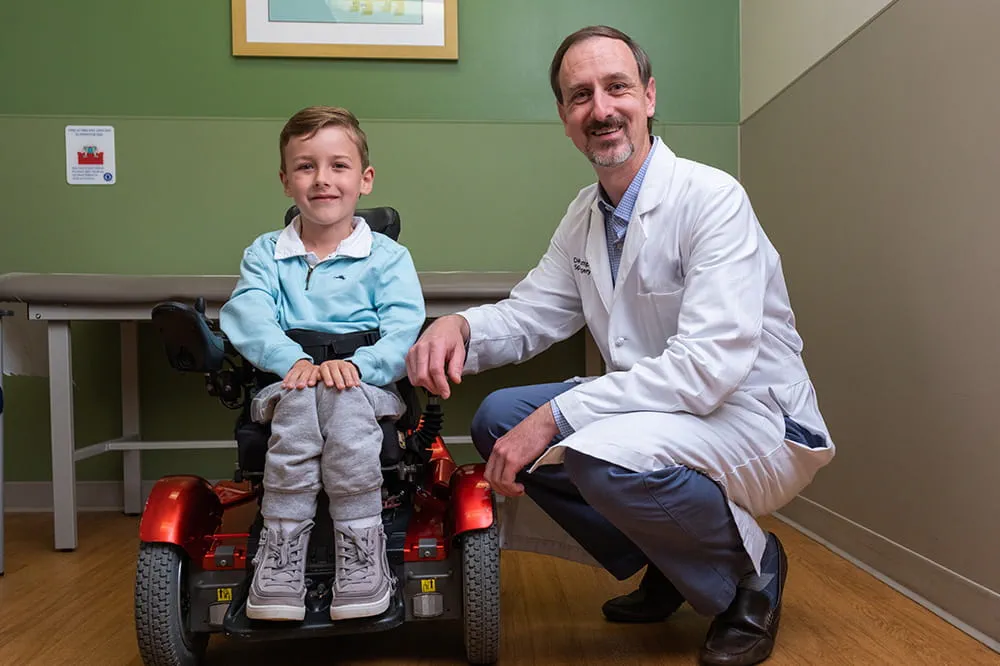
We're focused on improving child health through exceptional patient care, groundbreaking research, continuing education, and outreach and prevention.
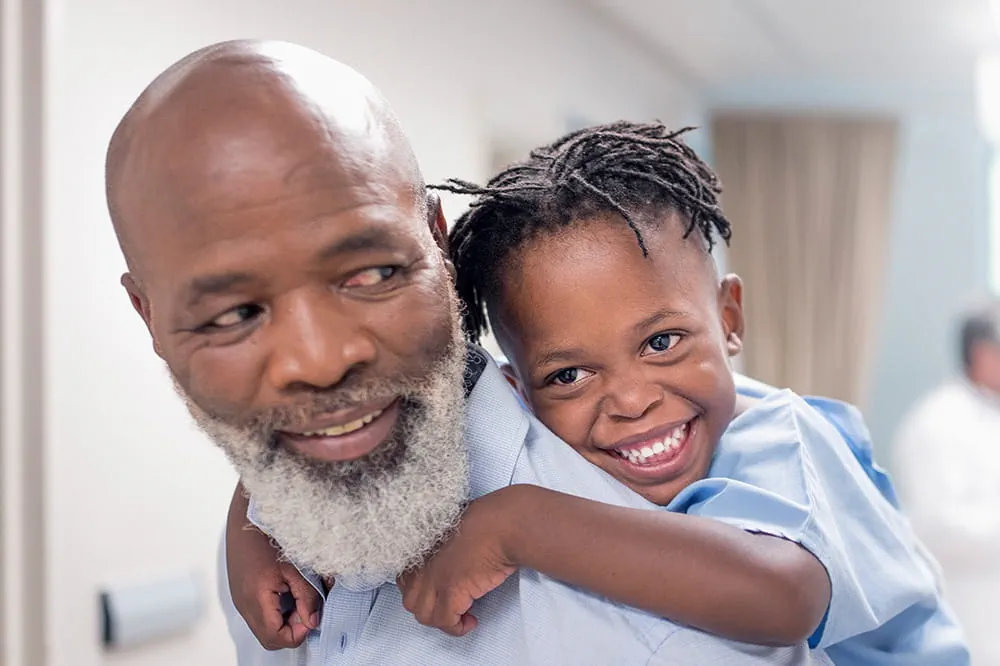
When it comes to your child, every emergency is a big deal.
Our ERs are staffed 24/7 with doctors, nurses and staff who know kids best – all trained to deliver right-sized care for your child in a safe environment.
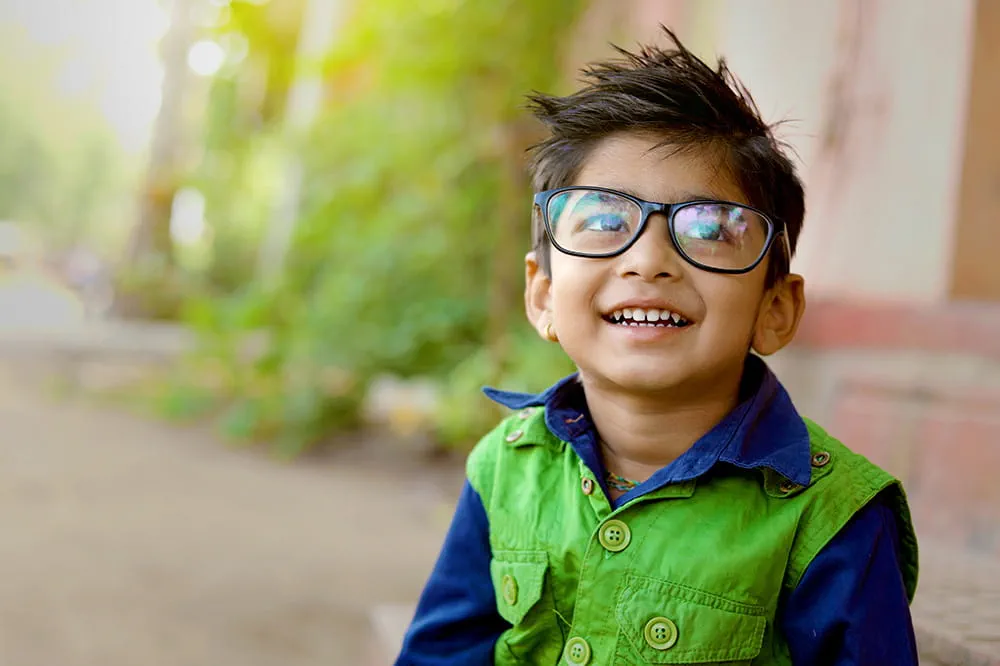
Arkansas Children's provides right-sized care for your child. U.S. News & World Report has ranked Arkansas Children's in seven specialties for 2025-2026.

Looking for resources for your family?
Find health tips, patient stories, and news you can use to champion children.

Support from the comfort of your home.
Our flu resources and education information help parents and families provide effective care at home.

Children are at the center of everything we do.
We are dedicated to caring for children, allowing us to uniquely shape the landscape of pediatric care in Arkansas.
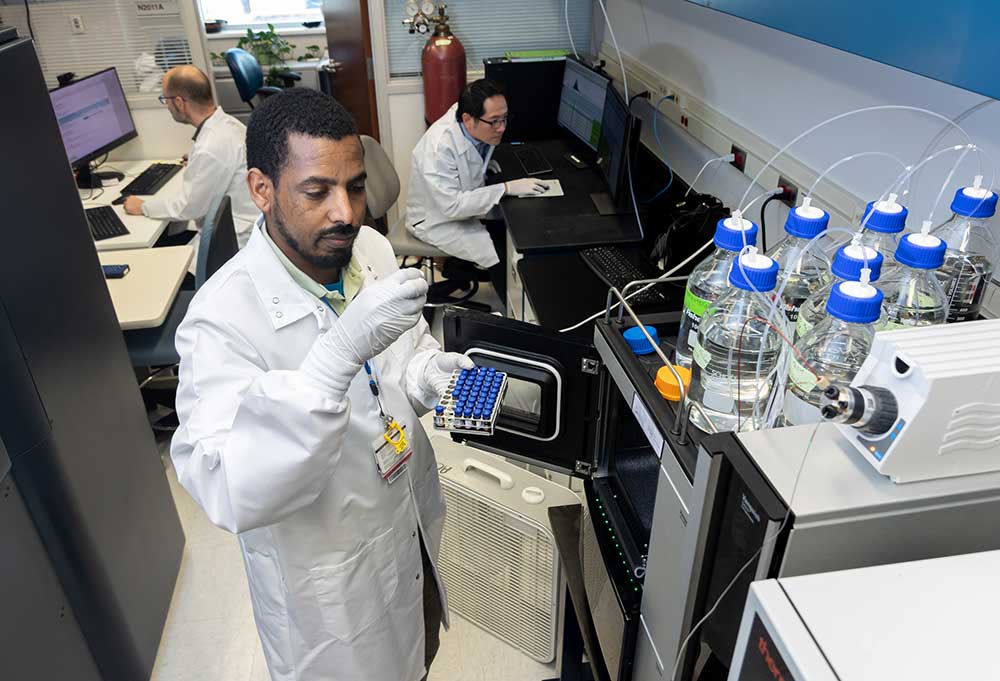
Transforming discovery to care.
Our researchers are driven by their limitless curiosity to discover new and better ways to make these children better today and healthier tomorrow.

We're focused on improving child health through exceptional patient care, groundbreaking research, continuing education, and outreach and prevention.
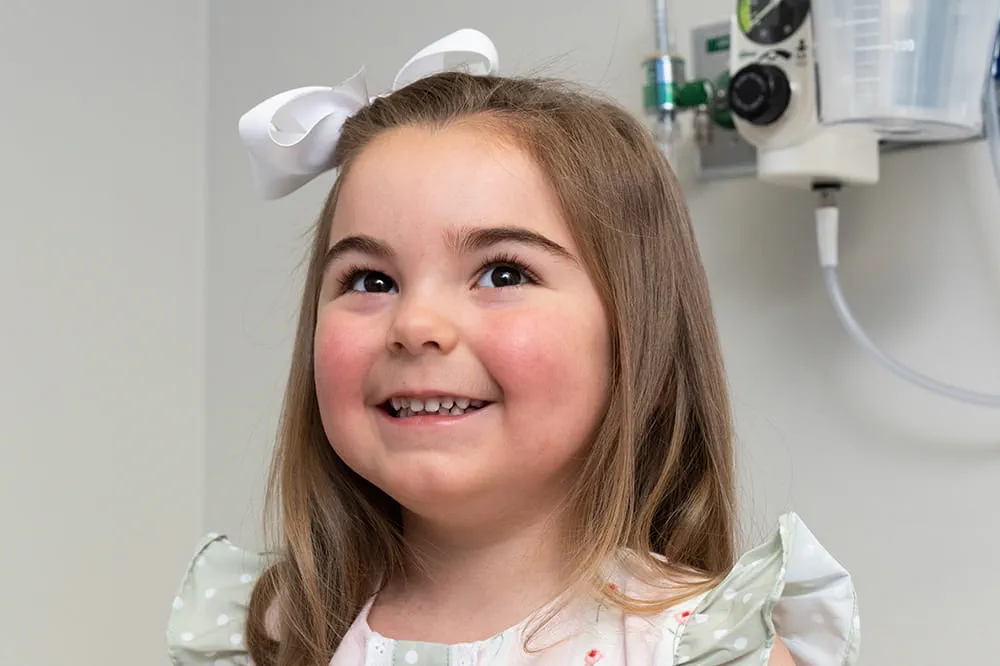
Then we're looking for you! Work at a place where you can change lives...including your own.
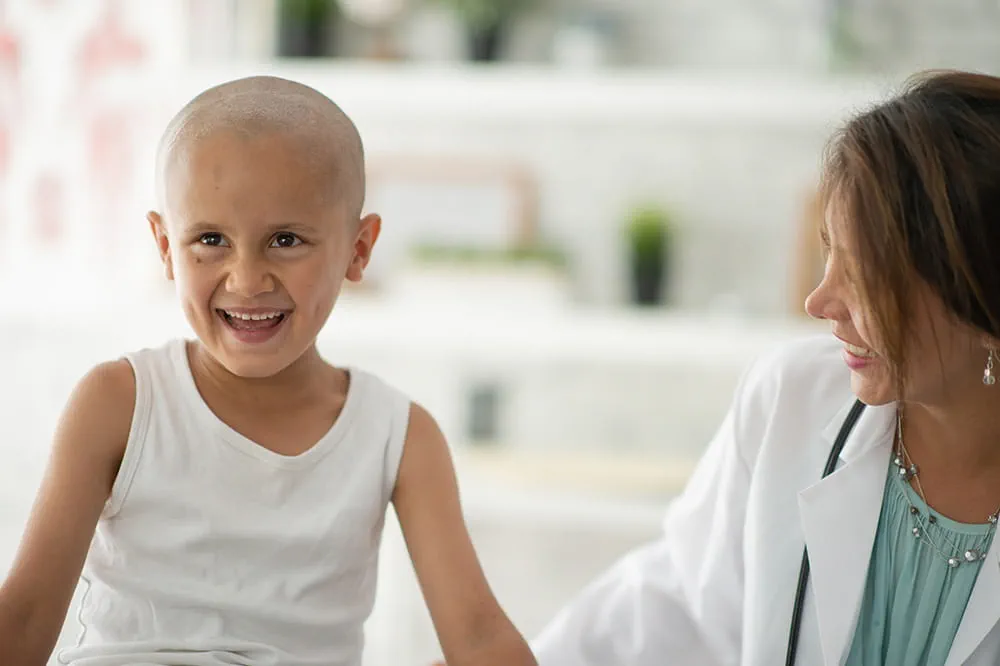
When you give to Arkansas Children's, you help deliver on our promise of a better today and a healthier tomorrow for the children of Arkansas and beyond

Become a volunteer at Arkansas Children's.
The gift of time is one of the most precious gifts you can give. You can make a difference in the life of a sick child.
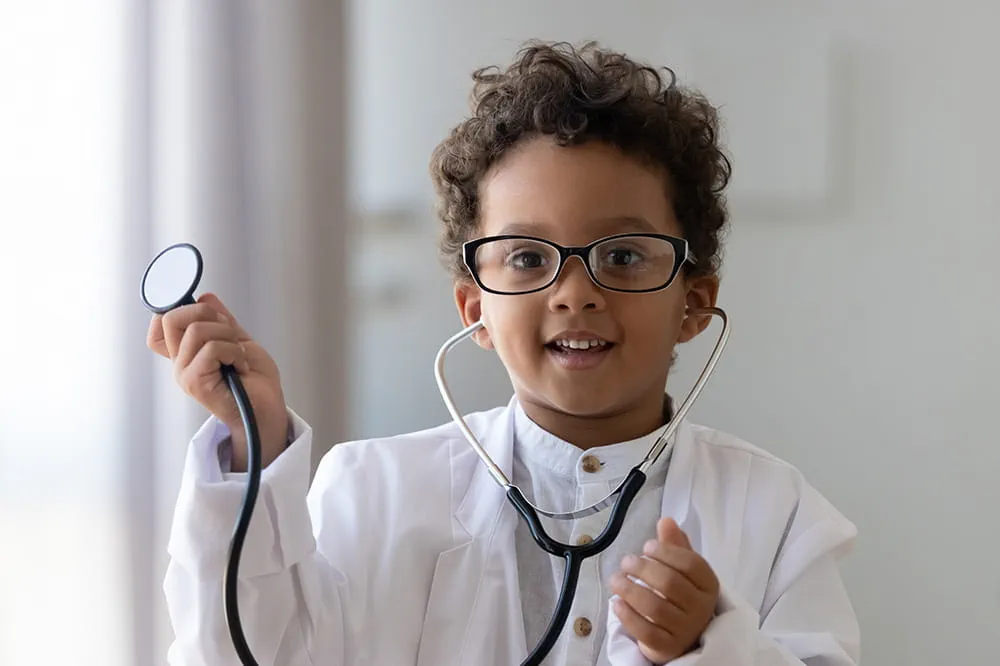
Join our Grassroots Organization
Support and participate in this advocacy effort on behalf of Arkansas’ youth and our organization.

Learn How We Transform Discovery to Care
Scientific discoveries lead us to new and better ways to care for children.

Learn How We Transform Discovery to Care
Scientific discoveries lead us to new and better ways to care for children.

Learn How We Transform Discovery to Care
Scientific discoveries lead us to new and better ways to care for children.

Learn How We Transform Discovery to Care
Scientific discoveries lead us to new and better ways to care for children.

Learn How We Transform Discovery to Care
Scientific discoveries lead us to new and better ways to care for children.

Learn How We Transform Discovery to Care
Scientific discoveries lead us to new and better ways to care for children.
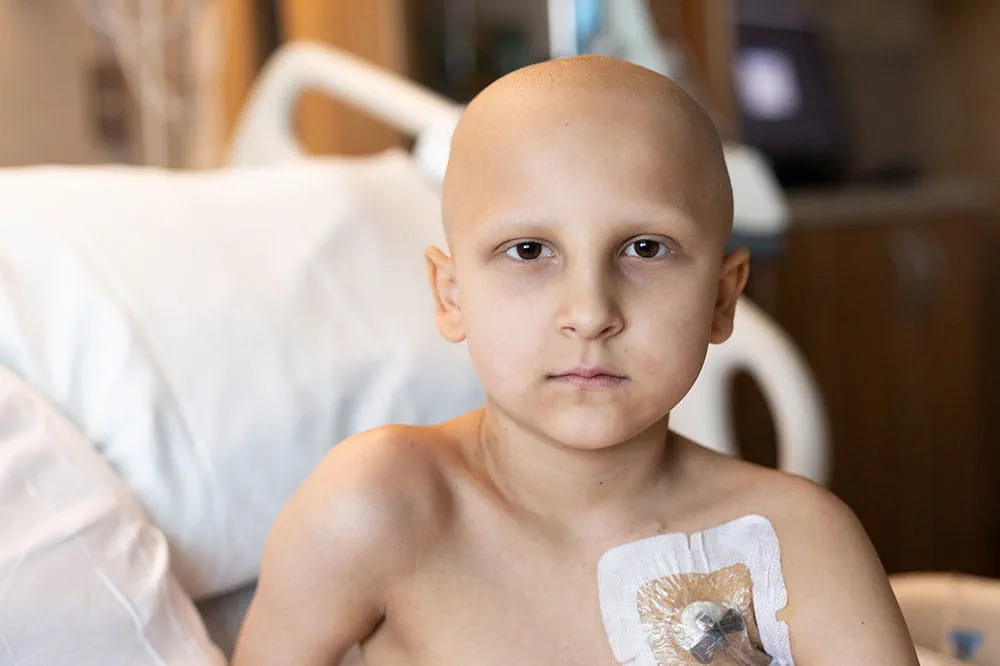
When you give to Arkansas Children’s, you help deliver on our promise of a better today and a healthier tomorrow for the children of Arkansas and beyond.
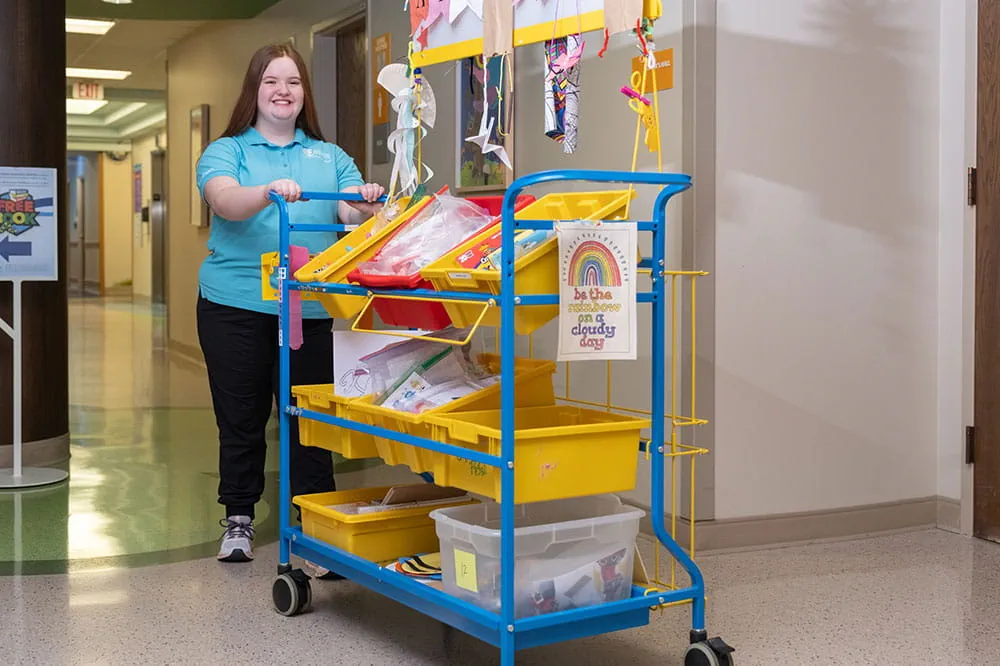
Your volunteer efforts are very important to Arkansas Children's. Consider additional ways to help our patients and families.

Join one of our volunteer groups.
There are many ways to get involved to champion children statewide.

Make a positive impact on children through philanthropy.
The generosity of our supporters allows Arkansas Children's to deliver on our promise of making children better today and a healthier tomorrow.
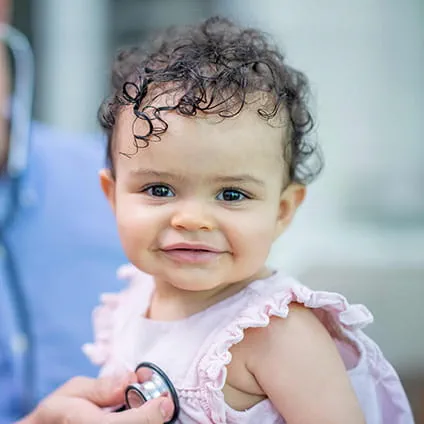
Read and watch heart-warming, inspirational stories from the patients of Arkansas Children’s.
Hello.

Arkansas Children's Hospital
General Information 501-364-1100
Arkansas Children's Northwest
General Information 479-725-6800


Protecting Young Athletes from Heat Stroke
Published date: July 14, 2021
Updated date: April 24, 2024
Young athletes participating in outdoor sports are at risk for heat illness. The medical team at Arkansas Children's prepares for more athletes to visit our Emergency Department needing treatment for heat exhaustion and even heat stroke every fall.
Unfortunately, nice breezy summer days mean young athletes may not have had a chance to acclimate to the intense Arkansas heat – an important part of preventing heat illness.
Parents, coaches and their own teammates need to be on the lookout for signs of heat illness.
During a particularly brutal summers, several high school football players end up in our Pediatric Intensive Care Unit because of heat illness. Catching these kids and getting them treatment early can save their lives.
What does heat illness look like?
Kids may have some combination of the following symptoms:
- Noticeable, increased thirst
- Muscle cramps
- Weakness
- Decreased performance
- Nausea
- Headache
- Fatigue, light-headedness or dizziness and difficulty paying attention.
What can I do to prevent heat illness?
Jonathan Elrod, a member of the Sports Medicine team at Arkansas Children's, said the first step is acclimatization.
"We want the kids to carefully begin spending progressively longer times exercising outdoors as they prepare for summer practices," Elrod said. "This is very important for their health."
A few basic good health principles can also help:
- Getting a good night's rest
- Eating a well-balanced diet of fruits and vegetables
- Drinking plenty of water and sports drinks
Elrod says athletes should avoid anything loaded with sugar or caffeine and says absolutely no energy drinks should be consumed.
What should my athlete drink?
We know that hydration is key to preventing heat illness, but in kids and teens, compliance is essential. That means they should drink whatever healthy liquids they will drink. Water is better for overall hydration, but it's not helpful if kids won't drink it. Parents can offer flavored sports drinks, like Gatorade, if needed.
What else do I need to know?
Elrod also reminds us that what athletes wear when they practice is also important to consider. Choose as few layers as possible of lightweight, moisture-wicking materials. It may also be helpful to change into dry clothes often.
Cooling bandanas or towels are only helpful if they stay exposed to the wind. If they become wet beneath shoulder pads and helmets, they're only going to trap heat in and make the situation worse. These items may be a good idea after heat exposure, but Elrod advises against them during practice.
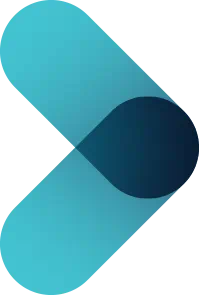
Sports Medicine at Arkansas Children's
Arkansas Children’s offers a one-stop approach for all sports injury needs including orthopedic surgeons, sport medicine physicians, athletic trainers, physical therapists and rehab medicine.
For more information:
ACH: 501-364-4263 (501-364-GAME)
ACNW: 479-725-6995

